Home>Storage & Organization>Kitchen Organizing Tools>How To Organize Dishes In Kitchen Cabinets
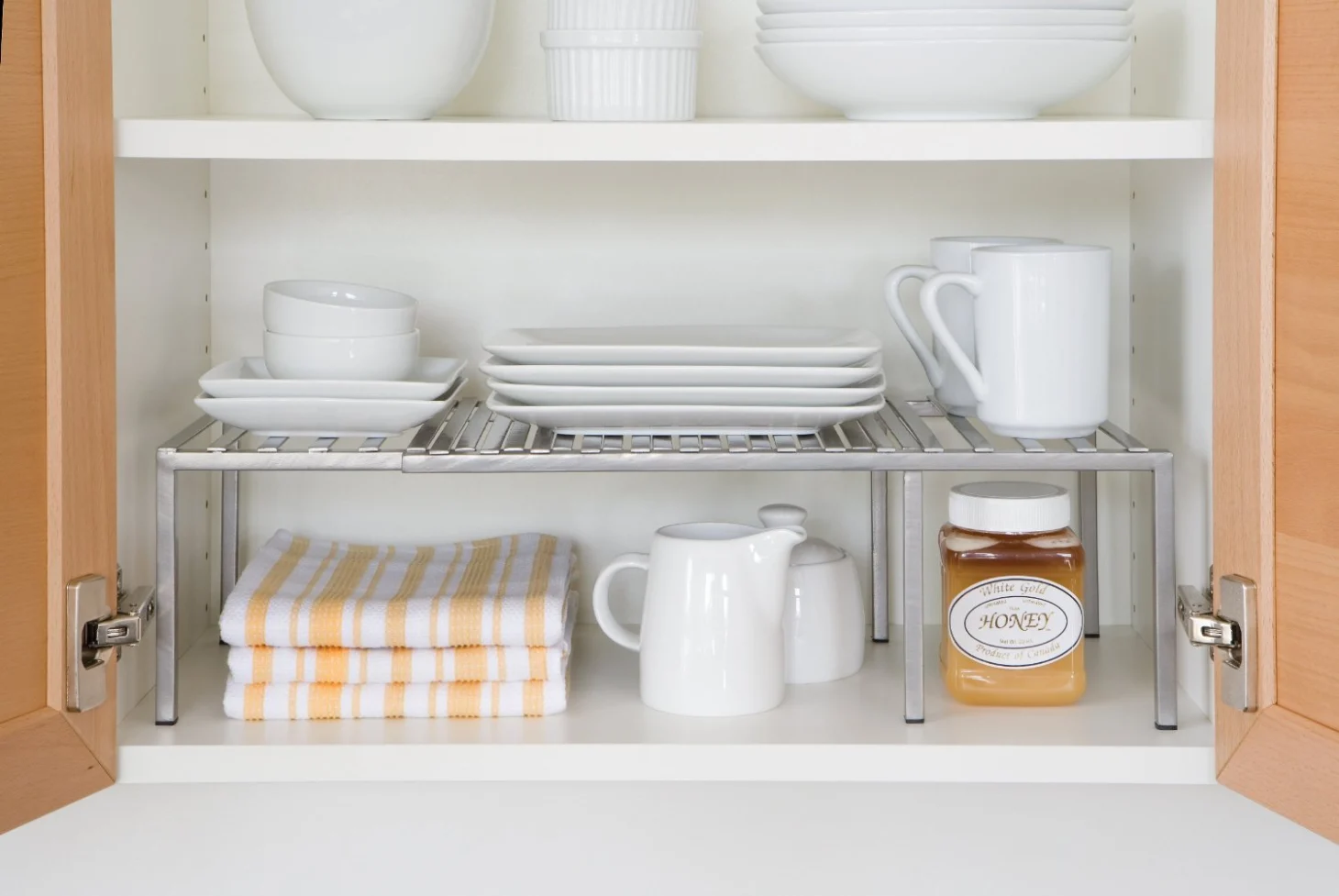

Kitchen Organizing Tools
How To Organize Dishes In Kitchen Cabinets
Published: March 3, 2024
Learn how to efficiently organize your dishes in kitchen cabinets with the best kitchen organizing tools. Maximize space and keep your kitchen clutter-free.
(Many of the links in this article redirect to a specific reviewed product. Your purchase of these products through affiliate links helps to generate commission for Storables.com, at no extra cost. Learn more)
Assessing Your Kitchen Cabinet Space
Before you start organizing your dishes in the kitchen cabinets, it's essential to assess the available space. Take a look at your cabinets and evaluate the layout and size. Consider the height, width, and depth of the cabinets to determine the best way to maximize the space. Take note of any shelves, dividers, or drawers within the cabinets, as these will influence how you organize your dishes. Additionally, assess the accessibility of the cabinets to ensure that the most frequently used dishes are stored in the most convenient locations. By understanding your kitchen cabinet space, you can plan an efficient and effective organization system for your dishes.
Key Takeaways:
- Maximize kitchen cabinet space by assessing layout, sorting dishes by type and use, and using adjustable shelving, plate racks, and stacking shelves for efficient organization.
- Arrange everyday dishes at waist level, stack larger items at the bottom, and group similar items together for easy access and efficient kitchen cabinet organization.
Sorting and Grouping Dishes
When it comes to organizing your dishes in the kitchen cabinets, sorting and grouping them is a crucial step. Start by taking inventory of all your dishes, including plates, bowls, cups, and serving ware. Sort them into categories based on their type and size. For example, group all dinner plates together, separate salad plates, and organize bowls and cups into their respective groups. This will help you visualize the amount of each type of dish you have and plan the best way to store them in your cabinets.
Once you have sorted your dishes, consider grouping them based on their frequency of use. Keep the everyday dishes, such as plates and bowls, in easily accessible locations for convenience. Less frequently used items, like special occasion serving ware, can be stored in higher or lower cabinets or less accessible areas. By grouping your dishes based on their use, you can streamline your kitchen cabinet organization and make it easier to find what you need when you need it.
Another helpful way to group dishes is by function. Keep similar items together, such as all baking dishes, mixing bowls, or glassware. This not only makes it easier to locate specific items but also creates designated spaces for different types of dishes, making the overall organization more efficient. Additionally, consider grouping dishes by material, such as separating fragile glassware from sturdier ceramic dishes to prevent potential damage.
By sorting and grouping your dishes based on type, frequency of use, function, and material, you can create a well-organized system within your kitchen cabinets that makes it easier to find and access your dishes while maximizing the available space.
Choosing the Right Organizational Tools
When it comes to organizing your dishes in the kitchen cabinets, choosing the right organizational tools can make a significant difference in the efficiency and functionality of your storage system. There are various tools and accessories designed specifically for organizing dishes, and selecting the ones that best suit your needs can help optimize your cabinet space.
-
Adjustable Shelving: Consider using adjustable shelving inserts or risers to create additional storage space within your cabinets. These tools allow you to customize the height between shelves, making it easier to accommodate different sizes of dishes and maximize vertical space.
-
Drawer Dividers: For cabinets with drawers, utilizing drawer dividers can help keep smaller items such as saucers, dessert plates, or even utensils neatly organized and easily accessible. Dividers prevent items from shifting and getting mixed up, making it simpler to locate specific dishes when needed.
-
Plate Racks: Plate racks or holders are excellent tools for storing plates vertically, which not only saves space but also prevents scratches and chips that can occur when plates are stacked horizontally. These racks come in various sizes to accommodate different plate dimensions and can be placed inside the cabinet or on the counter for easy access.
-
Stacking Shelves: Stacking shelves are ideal for creating additional storage space within cabinets. They allow you to effectively utilize the vertical space by stacking dishes on multiple levels, making it easier to see and access items at the back of the cabinet without having to unstack everything.
-
Cabinet Door Organizers: Don't overlook the back of the cabinet doors as potential storage space. Cabinet door organizers, such as racks or hooks, can be used to store items like mugs, lids, or small plates, freeing up shelf space and keeping frequently used items within reach.
-
Storage Containers: Utilize storage containers or bins to corral smaller items like ramekins, teacups, or specialty dishes. Grouping similar items together in containers makes it easier to pull out a specific set of dishes without disturbing the rest of the cabinet contents.
By choosing the right organizational tools that align with your specific storage needs, you can effectively optimize your kitchen cabinet space and create a well-organized system for your dishes. These tools not only maximize storage capacity but also contribute to maintaining the condition of your dishes by preventing overcrowding and minimizing the risk of damage.
Use shelf risers to maximize vertical space and separate dishes by type (e.g. plates, bowls, cups). Store frequently used items at eye level for easy access.
Arranging Dishes for Easy Access
Arranging your dishes for easy access is the final step in creating a well-organized kitchen cabinet system. By strategically placing your dishes, you can ensure that the items you use most frequently are readily available while optimizing the use of your cabinet space.
Consider the Following Tips for Arranging Your Dishes:
-
Accessibility: Store everyday dishes, such as plates, bowls, and glasses, at waist or chest level for easy access. This minimizes the need to bend or stretch to reach them, making mealtime preparation and cleanup more efficient.
-
Stacking Strategy: When arranging plates and bowls, place the larger items at the bottom and stack smaller ones on top. This not only maximizes space but also makes it easier to grab a specific dish without disrupting the entire stack.
-
Utilize Vertical Space: Take advantage of vertical space by using plate racks or stacking shelves to store dishes. This method prevents overcrowding and allows you to see and access items at the back of the cabinet without difficulty.
-
Group Similar Items Together: Keep similar items together, such as all baking dishes, mixing bowls, or glassware. This not only makes it easier to locate specific items but also creates designated spaces for different types of dishes, making the overall organization more efficient.
-
Consider Frequency of Use: Store less frequently used items, such as special occasion serving ware or seasonal dishes, in higher or lower cabinets to free up prime space for everyday dishes. This ensures that the most accessible areas are reserved for the items you use regularly.
-
Use Drawer Dividers: If your cabinets have drawers, consider using dividers to keep smaller items like saucers, dessert plates, or utensils neatly organized and easily accessible. This prevents items from shifting and getting mixed up, making it simpler to locate specific dishes when needed.
By implementing these tips, you can arrange your dishes in a way that not only maximizes accessibility but also maintains a tidy and efficient kitchen cabinet space. This ensures that your dishes are organized in a manner that suits your needs and makes meal preparation and serving a breeze.
Frequently Asked Questions about How To Organize Dishes In Kitchen Cabinets
Was this page helpful?
At Storables.com, we guarantee accurate and reliable information. Our content, validated by Expert Board Contributors, is crafted following stringent Editorial Policies. We're committed to providing you with well-researched, expert-backed insights for all your informational needs.
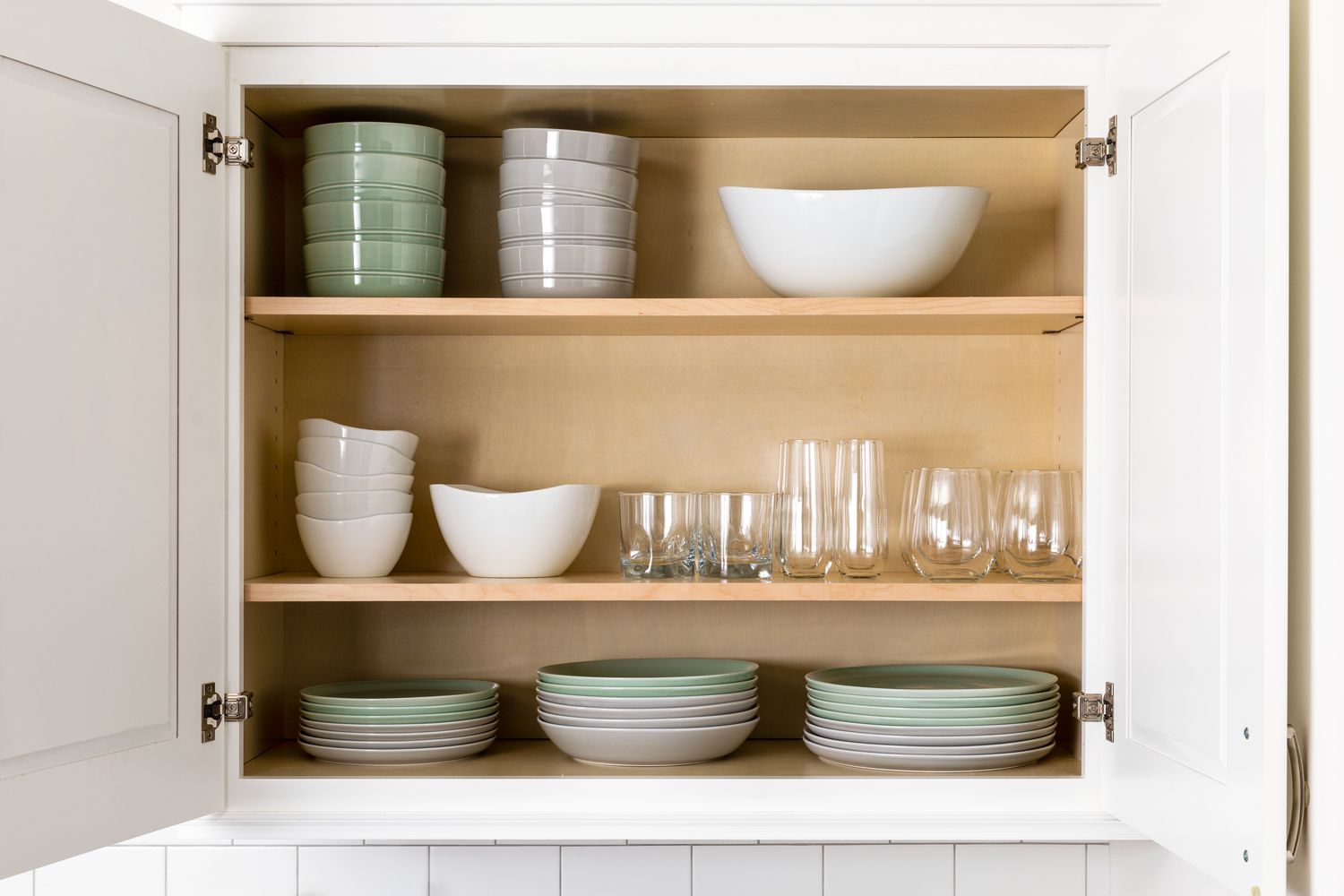

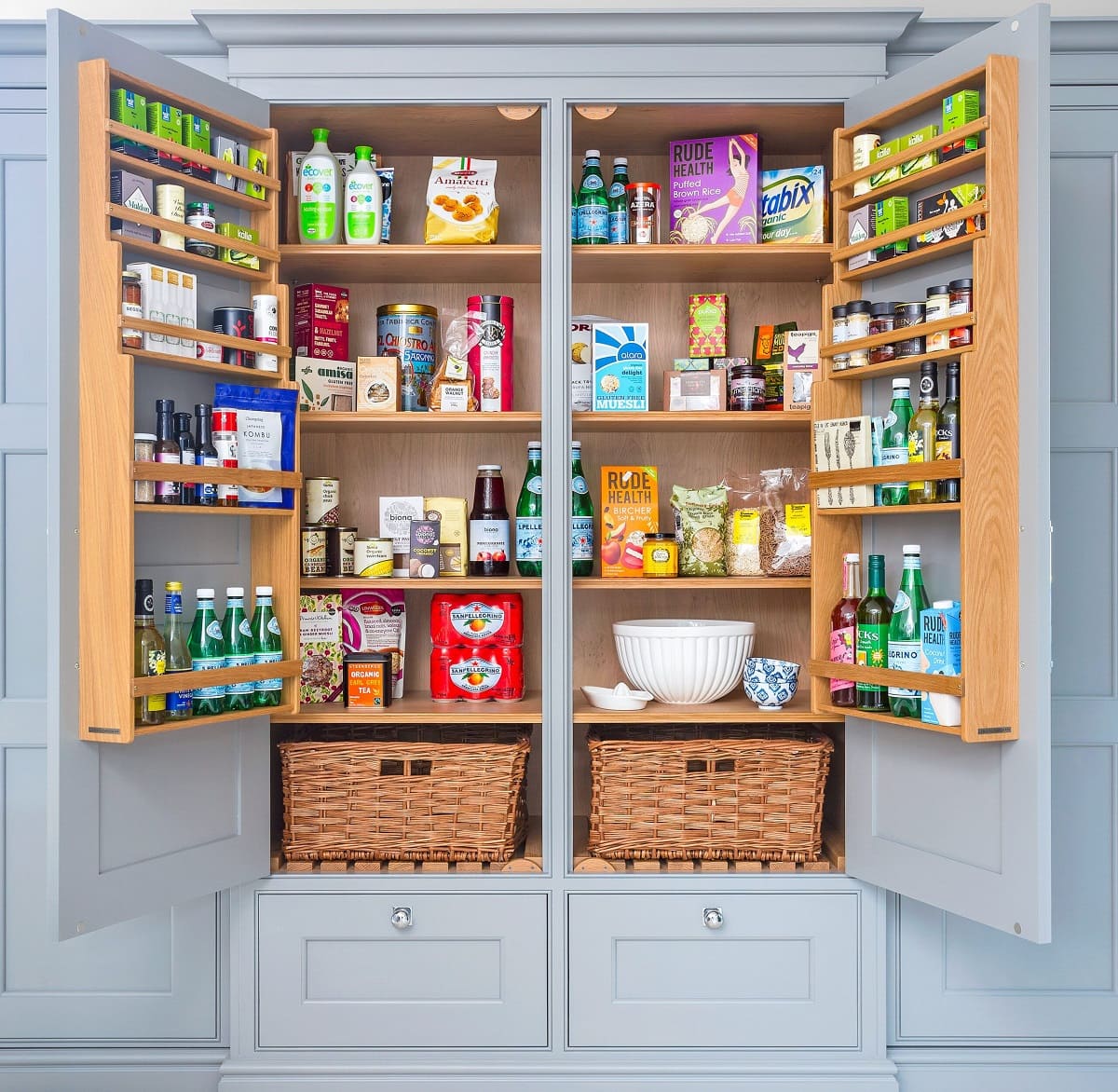
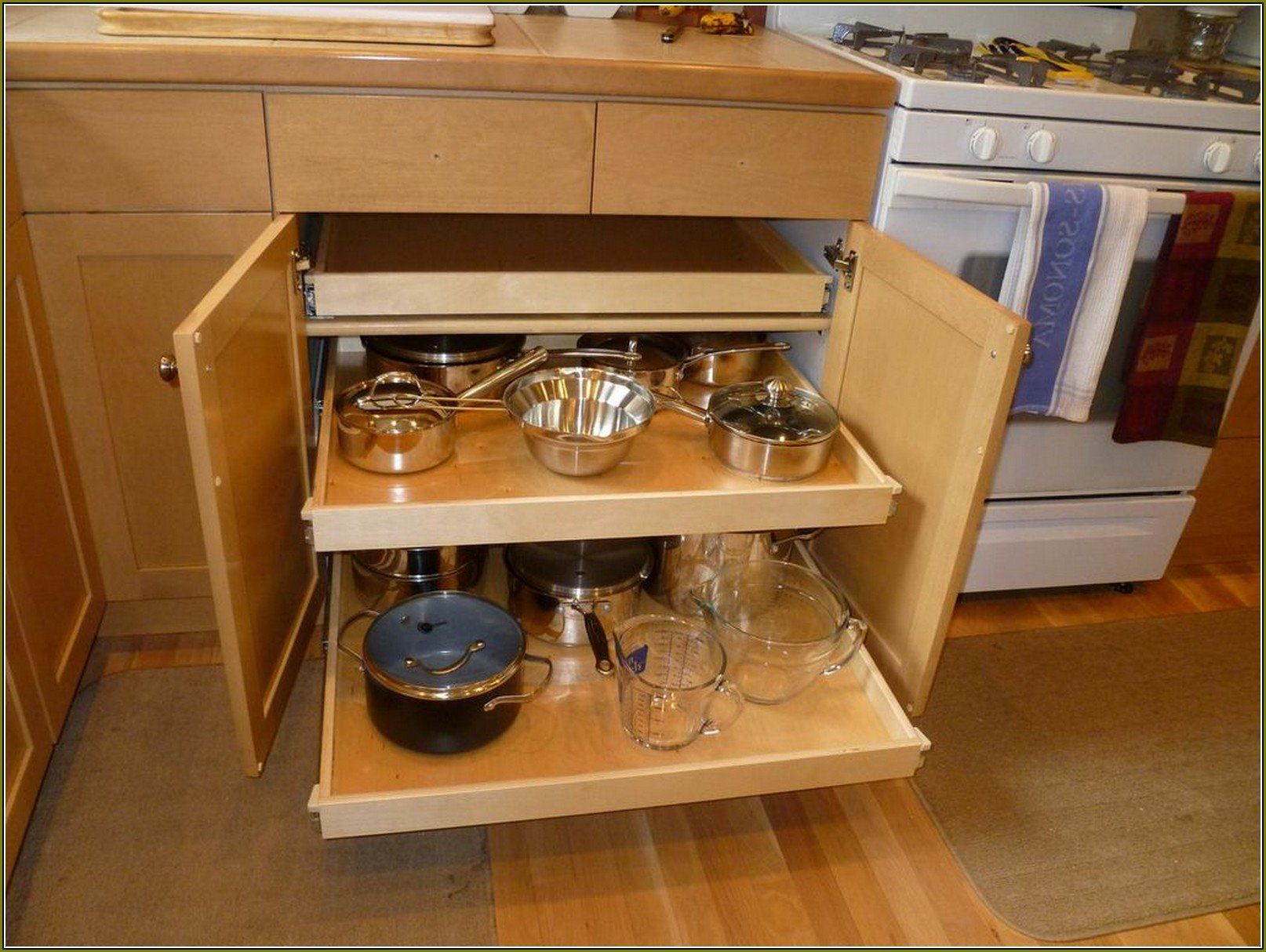
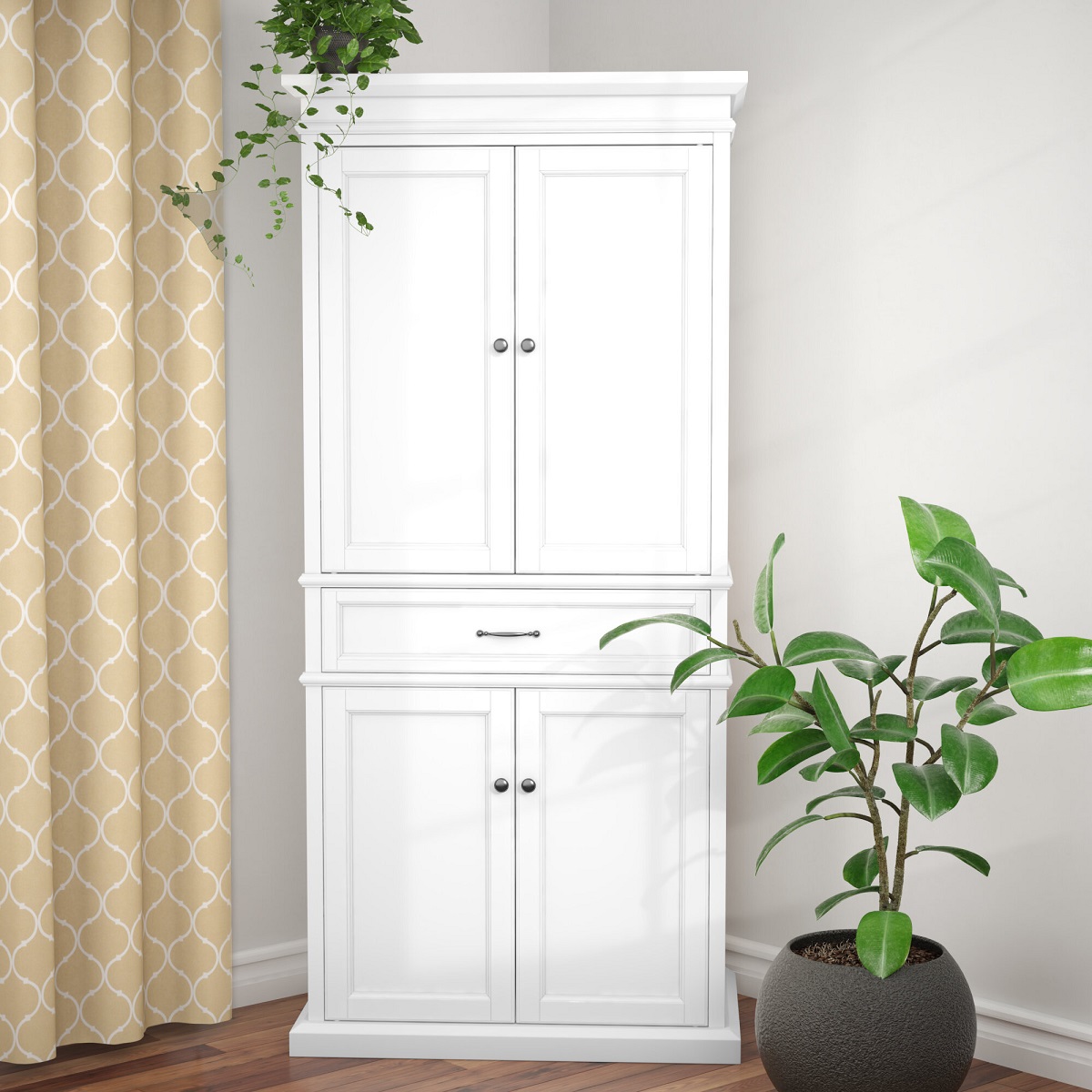
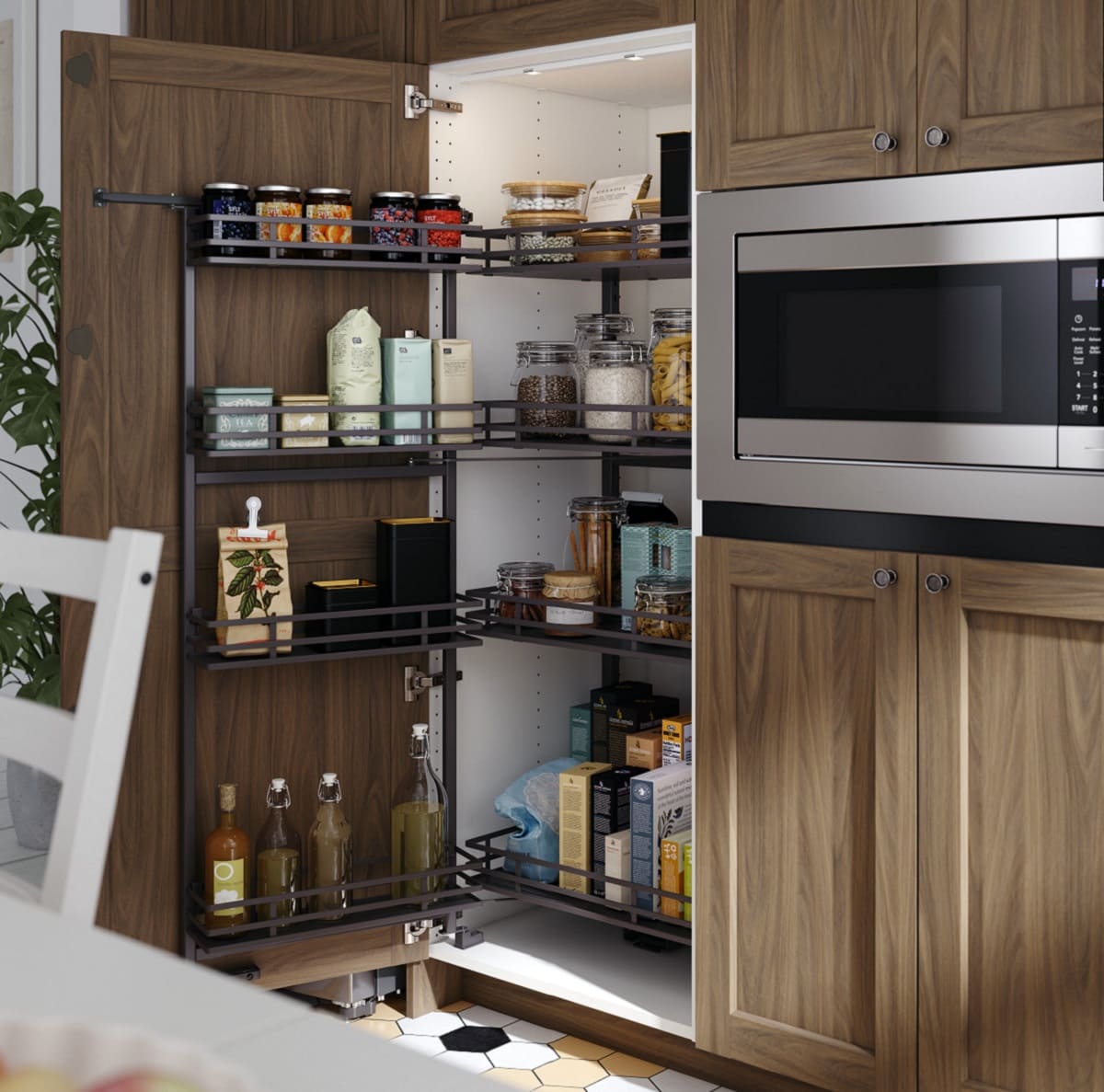
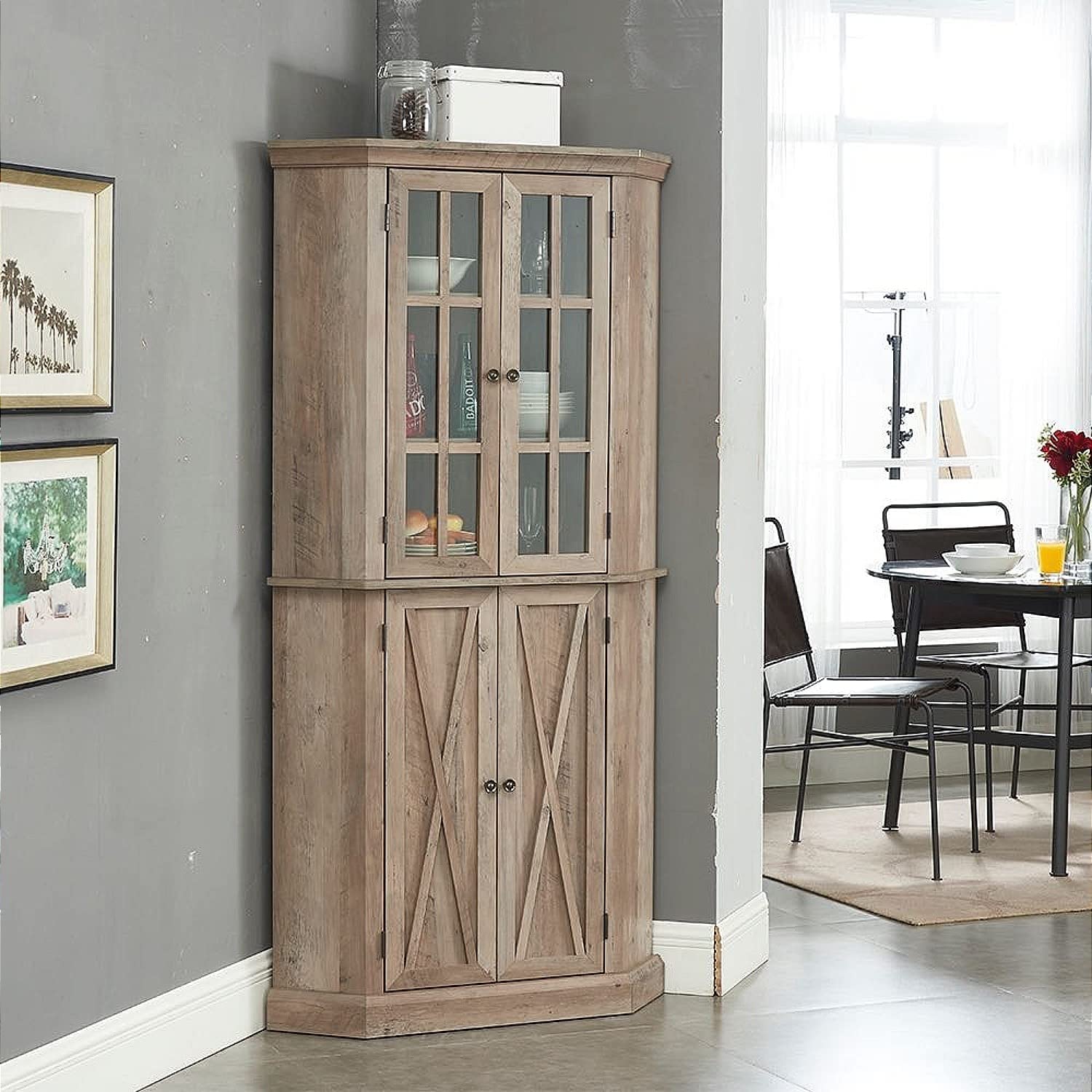
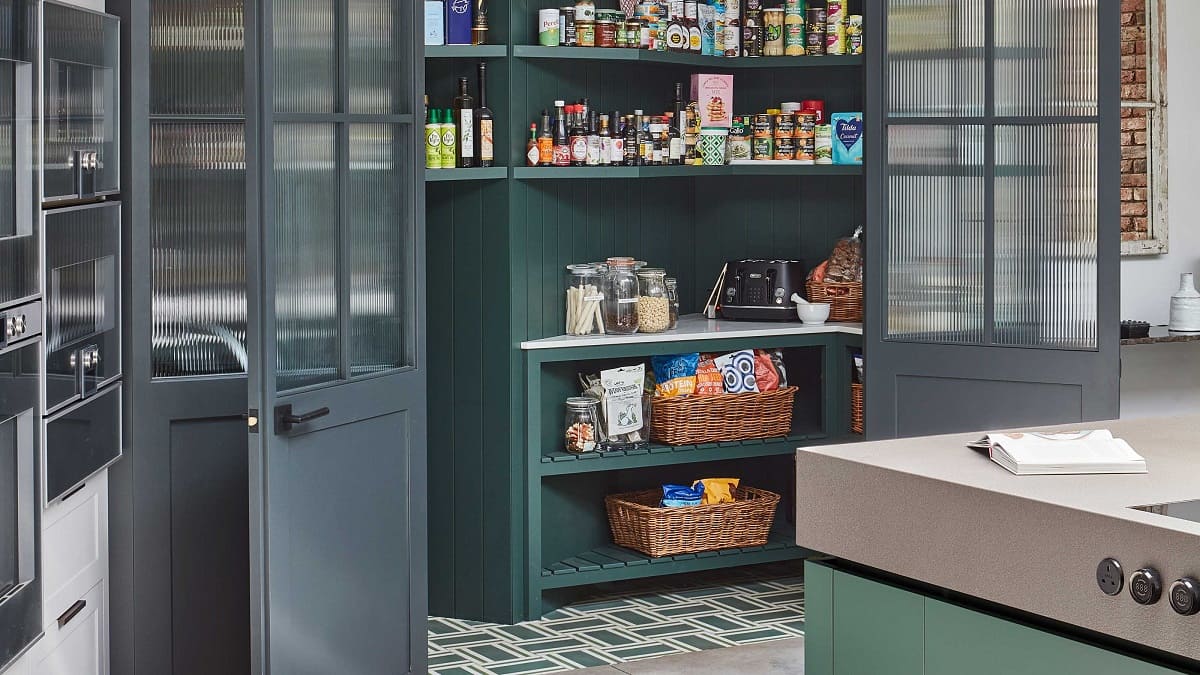
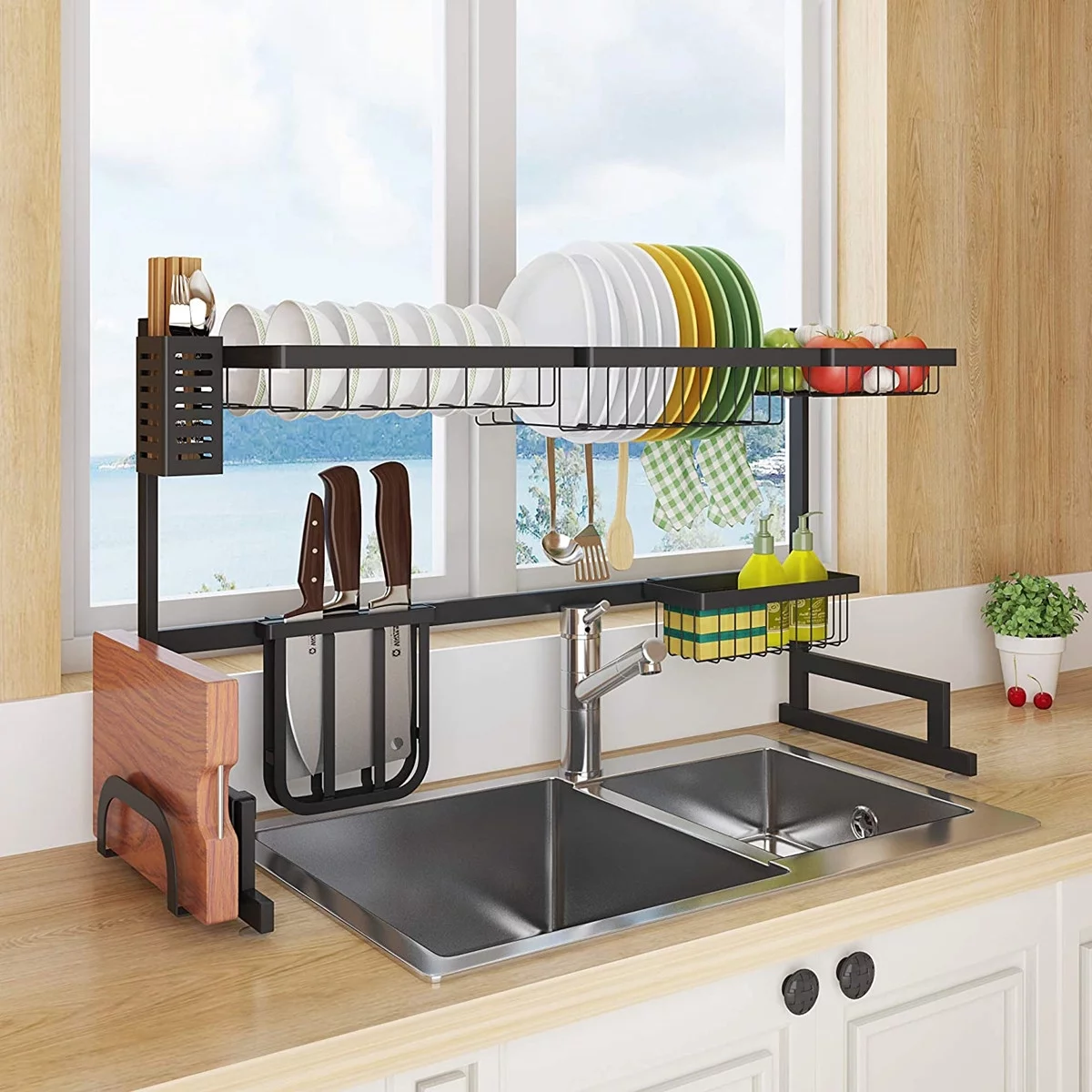
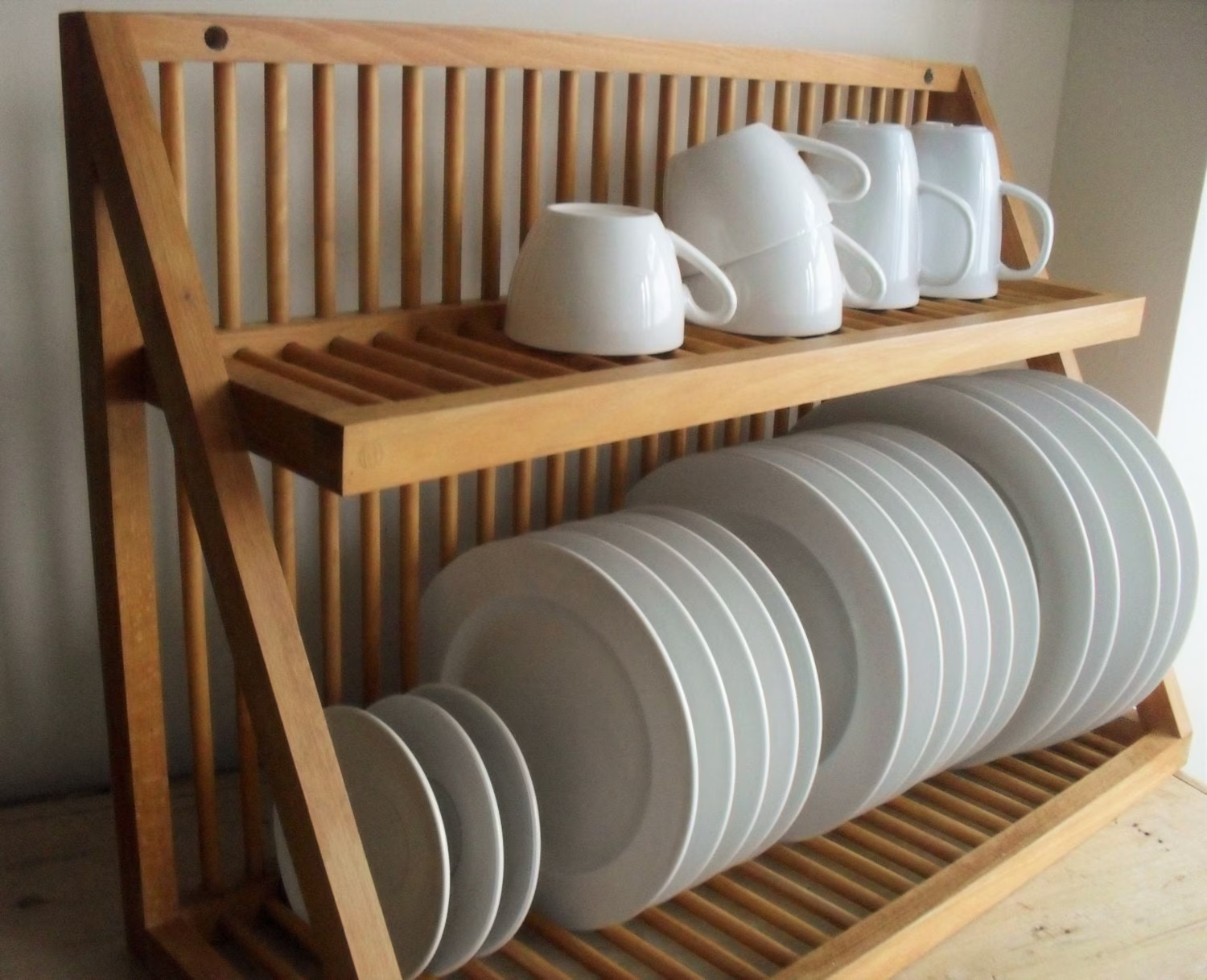
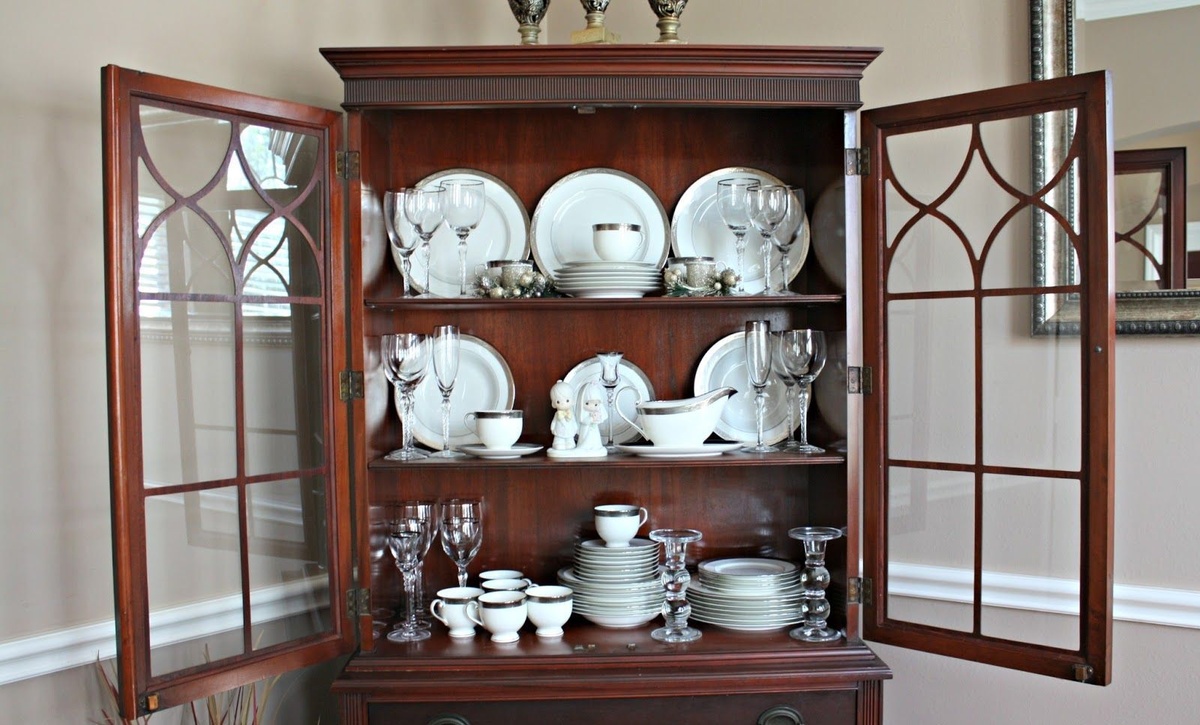
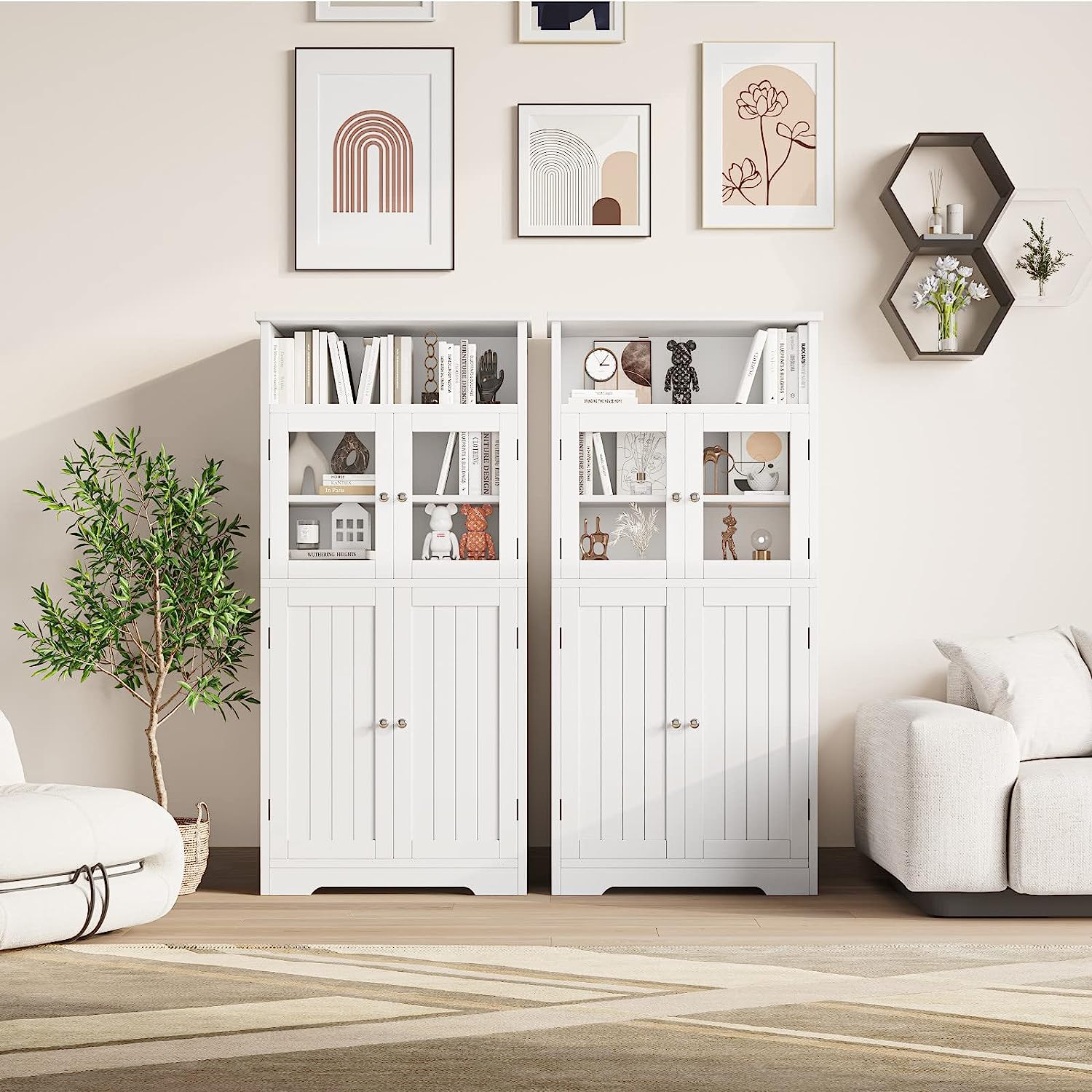
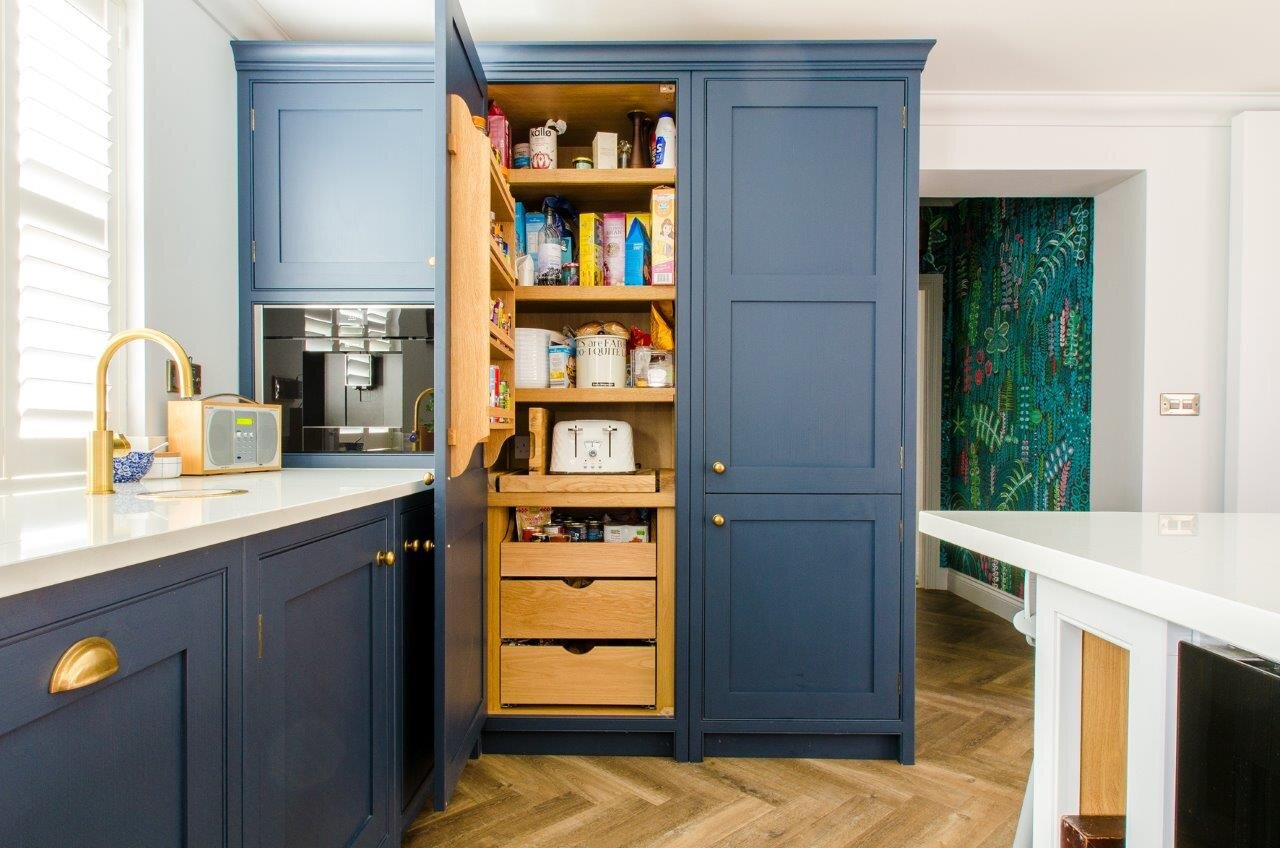
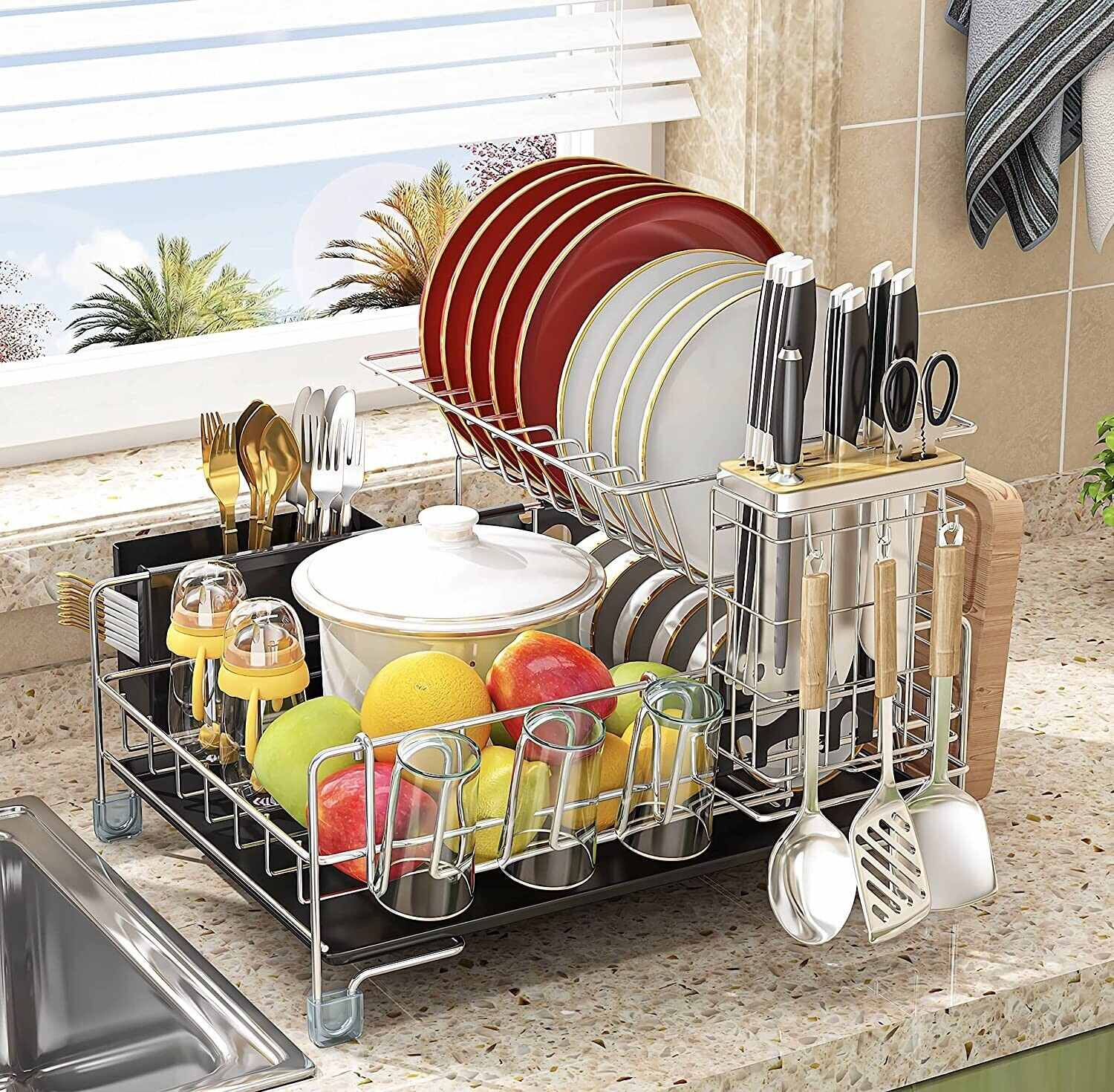


0 thoughts on “How To Organize Dishes In Kitchen Cabinets”